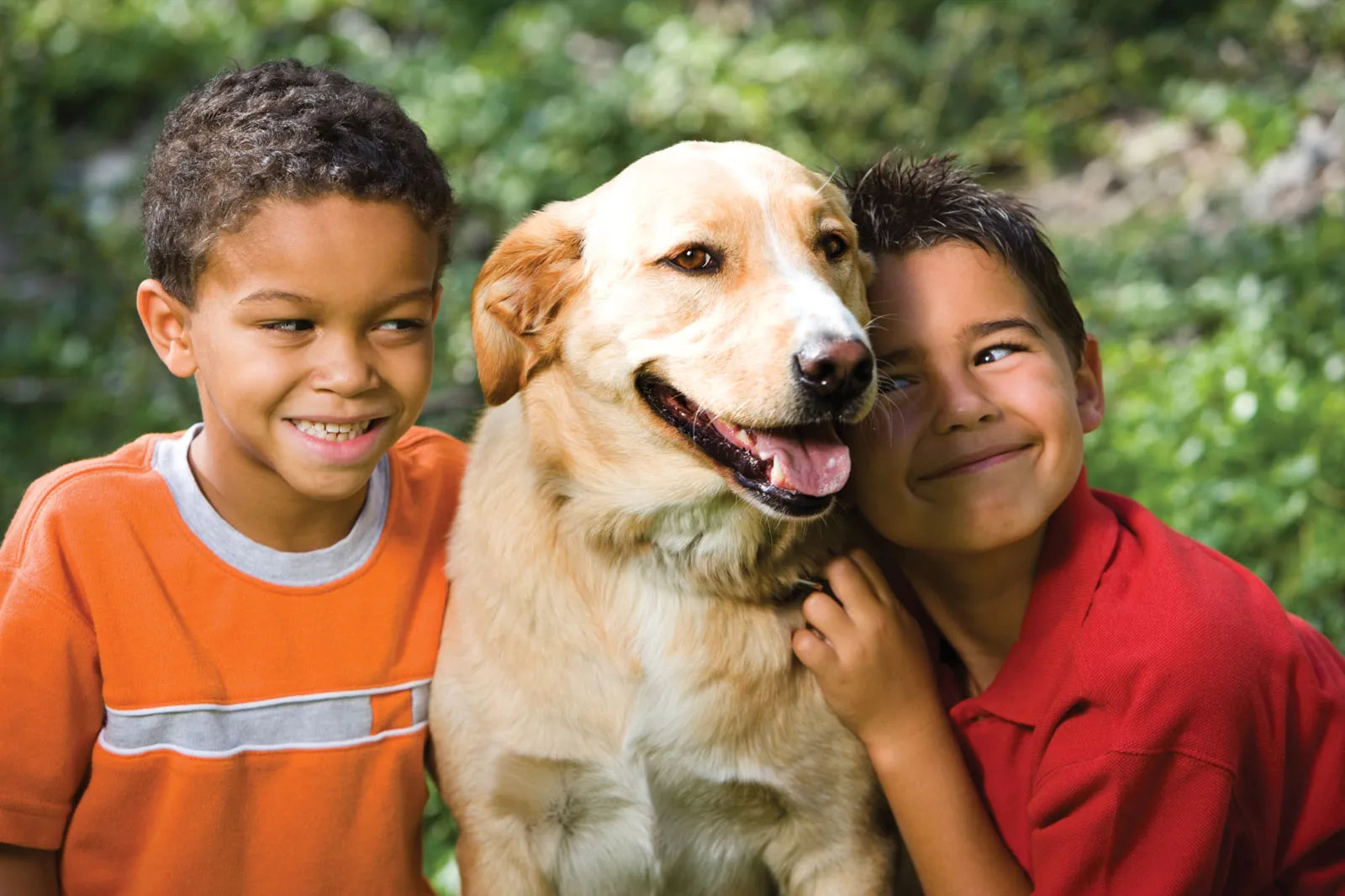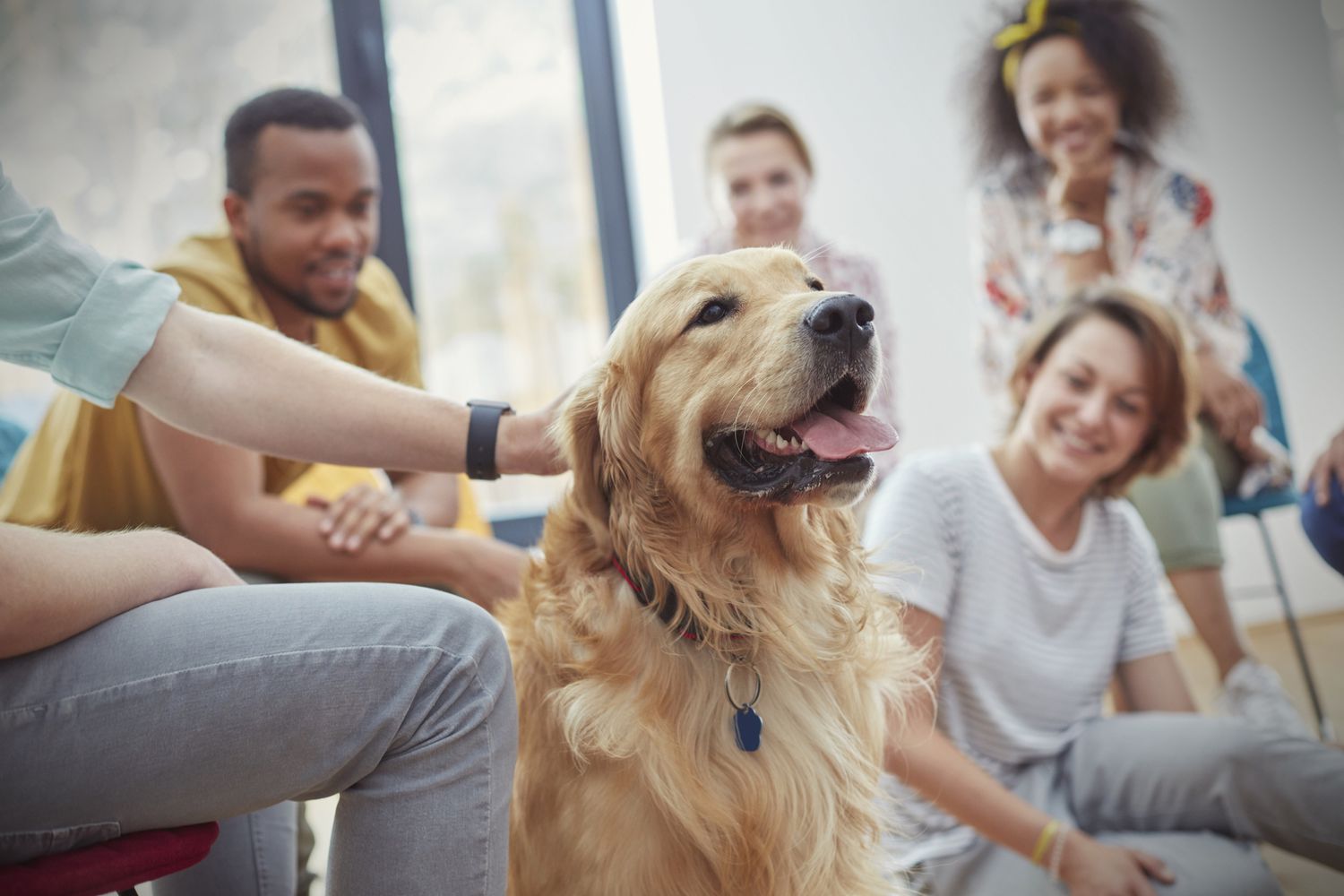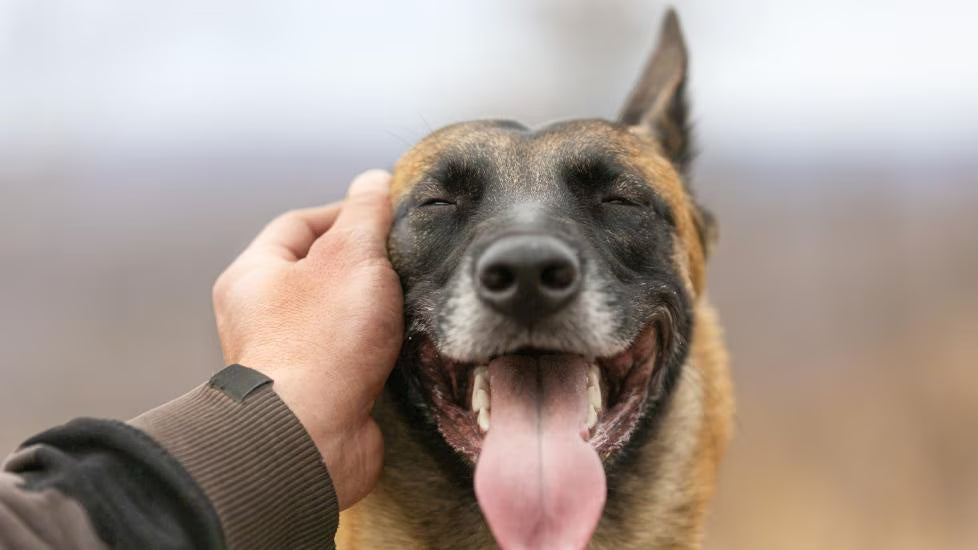
The Silent Danger: Recognizing and Responding to Heatstroke in Your Trailtrotpet
Share
Summer heat and high-intensity exercise can quickly turn a fun hike into a life-threatening emergency for your dog. Unlike humans, dogs don't cool themselves efficiently through sweat; they rely primarily on panting. When a dog's body temperature rises too high (over $104^{\circ}\text{F}$), they risk heatstroke, which can lead to organ damage or death in minutes. Being prepared means knowing the signs and acting immediately.
1. Recognizing the Warning Signs of Overheating
The key to preventing tragedy is recognizing the early stages of distress. Never wait until your dog collapses.
| Early Signs (Heat Stress) | Severe Signs (Heatstroke Emergency) |
| Excessive Panting: Rapid, heavy panting that does not slow down with rest. | Brick-Red or Pale Gums: Gums and tongue turn abnormally bright red, dark purple, or pale/white. |
| Reluctance to Move: Lagging behind, seeking shade, or lying down and refusing to continue. | Thick, Ropy Saliva: Excessive drooling, with saliva becoming thick and sticky. |
| Increased Heart Rate: A fast, pounding pulse. | Stumbling or Collapse: Disorientation, loss of balance, or inability to stand. |
| Vomiting or Diarrhea | Seizures or Unconsciousness |
Crucial Check: If your dog’s gums are bright red, sticky to the touch, or they are disoriented, it is a life-threatening emergency.
2. Immediate First Aid: Cool First, Transport Second
If you suspect your dog is overheating, stop activity and follow these steps instantly. Cooling your dog is the number one priority before heading to the emergency vet.
-
Stop & Shade: Immediately move your dog into the deepest shade available and stop all physical activity.
-
Apply Water: Use your water supply (cool, not ice-cold) to wet your dog thoroughly. Focus on the areas where blood vessels are close to the surface: the belly, paws, neck, and groin area.
-
WHY NOT ICE? Ice or freezing water can cause the blood vessels on the skin to constrict, which traps the heat inside the core of the body and can worsen the situation. Use cool or room-temperature water.
-
-
Encourage Drinking: Offer small, controlled sips of cool water. Do not allow them to gulp large amounts, which can lead to vomiting.
-
Fan/Airflow: Create a breeze by fanning them with a hat or shirt. Evaporative cooling is crucial.
-
Monitor & Transport: Continue the cooling process while transporting your dog to the nearest emergency veterinarian, even if they appear to be recovering. Internal damage may have already occurred.
3. Prevention is Your Best Defense
Responsible trail pet ownership means proactive planning to avoid overheating in the first place.
-
Timing is Key: Plan your hikes for the coolest parts of the day—early mornings and late evenings—and avoid midday sun.
-
Constant Hydration: Carry more water than you think you need. Offer water breaks every 15-20 minutes, not just when you stop.
-
Know Your Dog's Risk: Brachycephalic (flat-faced) breeds like Pugs and Bulldogs, older dogs, and overweight dogs are at a much higher risk. Adjust their activity level accordingly.
-
Gear Up: Utilize cooling vests or bandanas, and consider bringing paw wax or booties to protect against hot pavement and rocky terrain.
-
"Take-A-Break" Rule: If your dog is panting heavily or lagging behind, assume they are at risk and initiate a rest break immediately.






